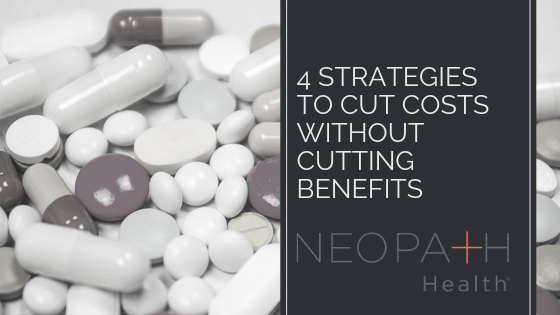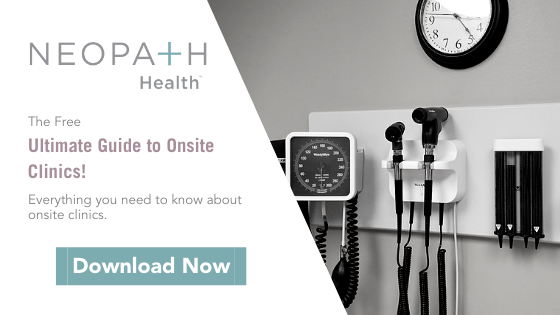Providing benefits to employees can be costly, especially when it comes to healthcare. But, not providing benefits can lead to high turnover rates and make it difficult to recruit talented employees. Benefits are also a way to show your employees you care about their personal wellness and needs. If you find you are spending too much on benefits but you know you can't cut anything out, here are some strategies to cut costs without cutting benefits.

Get a Handle on Your Employees' Actual Needs
One of the biggest contributors to benefits overspending is a lack of awareness. Include your employees directly in your discovery by conducting a survey and organizing focus groups to help you understand which benefits are most important to them, what they would like more of, and what they aren't utilizing.
A modern benefit package might be your cost-saving solution. Learn more!
Once you have an idea of your employees perception, do an audit of the benefits you've offered up to this point and their utilization rates. The one place it is okay to cut is anything that absolutely no one is utilizing.
Get Creative with Insurance
Your company may not be able to afford group health insurance, or it may be eating away at your bottom line. Did you know that individual health insurance plans, on average, cost 20% - 60% less than group health insurance plans? Here are a couple of ideas around how to allow your employees to get their own insurance, while saving all parties money in the long run.
Qualified Small Employer Health Reimbursement Arrangement (QSEHRA)
This type of arrangement is specific to small businesses with less than 50 employees. If offering group coverage is too expensive, a QSEHRA may help save you money while also providing your employees with coverage specific to their needs. Your employees can go out and find their own preferred insurance providers and your company will reimburse for services provided. Reimbursements must be limited to $4,950 per year for employee-only coverage and $10,000 per year for family coverage.

Health Reimbursement Plan (HRP)
An HRP is different from an HRA in that it doesn't have the reimbursement limitations. This type of plan provides unlimited preventative care with no cost to the employee. In addition, it provides an allowance for health insurance premiums up to a specified amount each month. An HRP isn't considered health insurance, but it does still have some pretty strict compliancy requirements around things like HIPAA, IRS, and ACA. You can qualify for premium tax credits through this plan, and your employees get tax-free support.
Implement a Near-Site Clinic
A near-site clinic is a facility that is located very near to your workplace and dedicated to the care of your employees. Often with near-site clinics, companies partner with each other to be able to expand services and offset costs. [Click here to learn the difference between onsite and near-site clinics.]
Near-site clinics help to minimize high-cost claims such as emergency room visits and hospital admissions by allowing your employees fast, easy access to a primary care physician. This typically helps them build a relationship with their provider, seek preventative care instead of reactive, and keep their health as more of a focal point rather than an expensive burden.
Download our Ultimate Guide to Onsite Clinics to learn more about this option.
Evaluate Prescription Drug Alternatives
Prescription drugs account for about 25% of the total cost of employer-sponsored medical benefits and an even larger percentage of growth in the cost of medical benefits. Specialty and brand name drugs are major drivers of the high cost of prescription medication. For many expensive brand name medications, there are generic alternatives that are essentially the same and much lower cost. Here are a couple of ways you could explore helping your employees make better prescription choices.
Mandatory Generic Substitution
This is an option where your employees will pay the lowest possible cost for the drug if they choose a generic option. However, if they choose a name-brand option where a generic exists, they will pay a higher cost out of pocket.
Multi-Tiered Formularies
This is where all of the possible medications are split up into different tiers, and the copay for each coincides with the tier in which the prescribed medication falls. For example, tier 1 might include most generic drugs and have the lowest possible copay. Tier 2 includes preferred brand name drugs and some high-cost generics where the copay would be a bit higher. Each different insurance plan you offer would have a different formulary.
Alternatively, if you go the near-site clinic route, many include low-cost pharmacy options either internally or through a partnership.
.png?width=433&name=NeoPath_2019_logo_2color%20(1).png)




